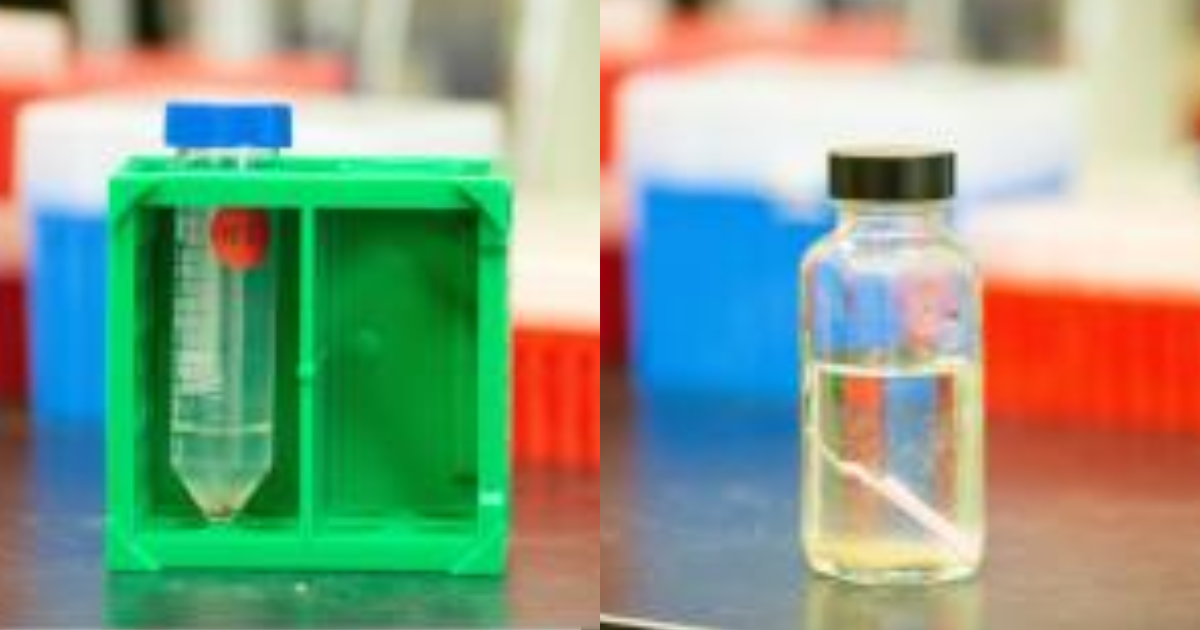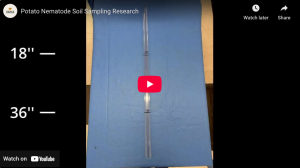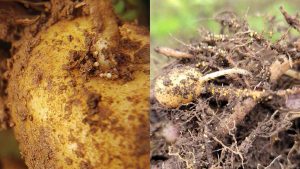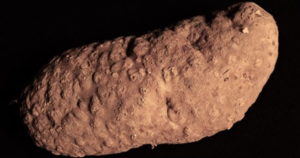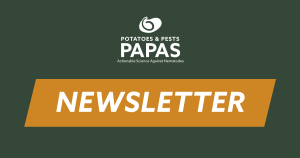Molecular Markers for Columbia Root-Knot Nematode Races
Columbia root-knot nematode (CRKN; Meloidogyne chitwoodi) is a soil-borne pathogen parasitizing a wide range of plants in the Pacific Northwest. In potato, CRKN infests roots and tubers causing small visible brown spots in the tuber flesh, dramatically reducing their market value. In the PNW, three populations of M. chitwoodi exist: Race 1, Race 2, and a pathotype of Race 1Roza. The races are differentiated based on the host tests which are time-consuming. Developing molecular markers can aid in faster identification of races.
Race 1, Race 2 and Race 1Roza of CRKN:
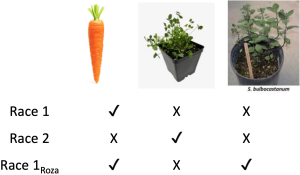

Flow chart of research method:
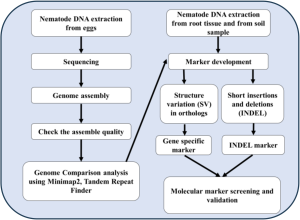
Circos plot of Race 1, Race 2 and Race 1Roza:
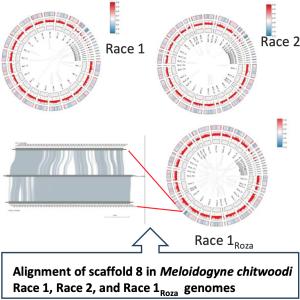
Molecular marker validation result:
Agarose gel electrophoresis of INDEL primers HSNIDL8, HSNIDL9, and HSNIDL10products with annealing temperature of 58℃.
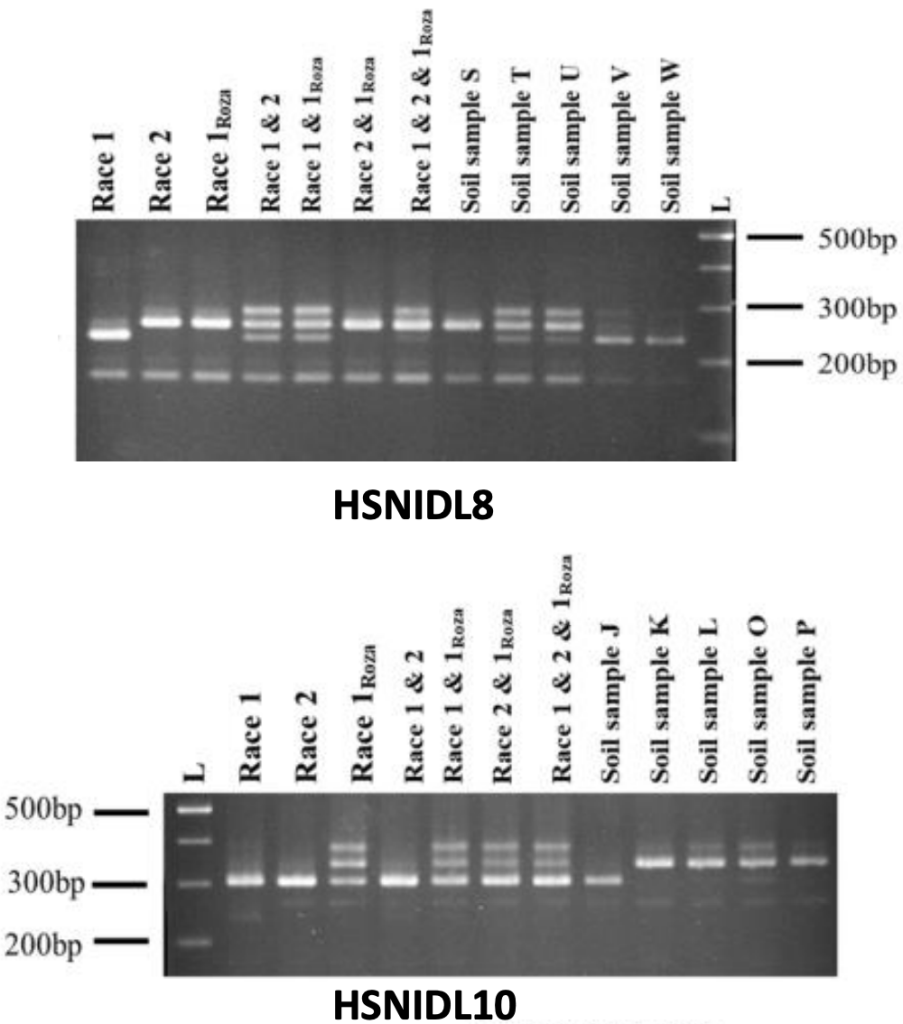
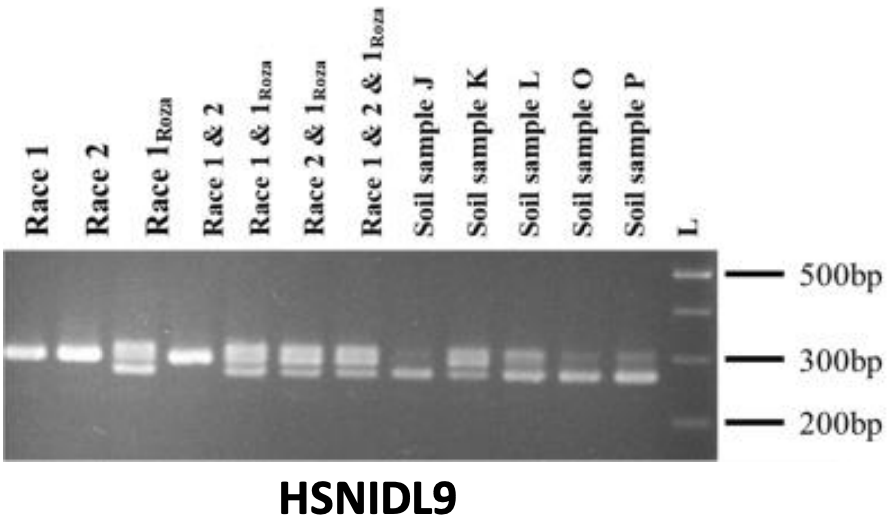
Agarose gel electrophoresis of INDEL primers HSNIDL8, HSNIDL9, and HSNIDL10products with annealing temperature of 58℃.
It needs more time to run the PCR and electrophoresis
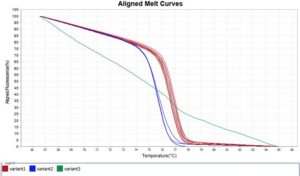
HRM marker for gene Mc1_g1487
High Resolution Melt (HRM) analysis can identify nucleotide polymorphisms based on melting temperature.
By utilizing the whole genome sequence of CRKN, we developed molecular markers (HSNIDL8, HSNIDL9, HSNIDL10, and Mc1_g1487) that can efficiently detect the nematode races and avoid laborious host tests.

